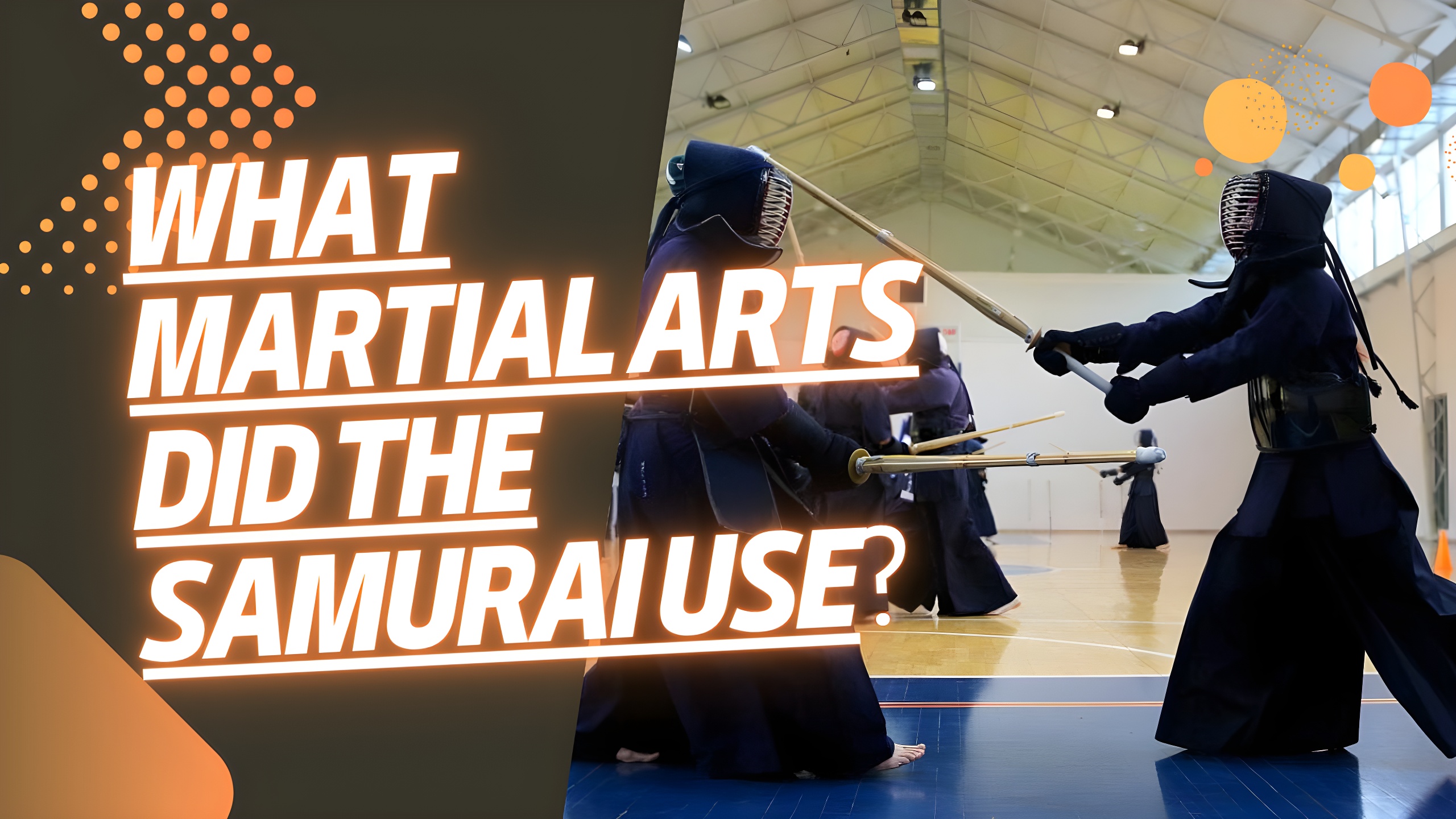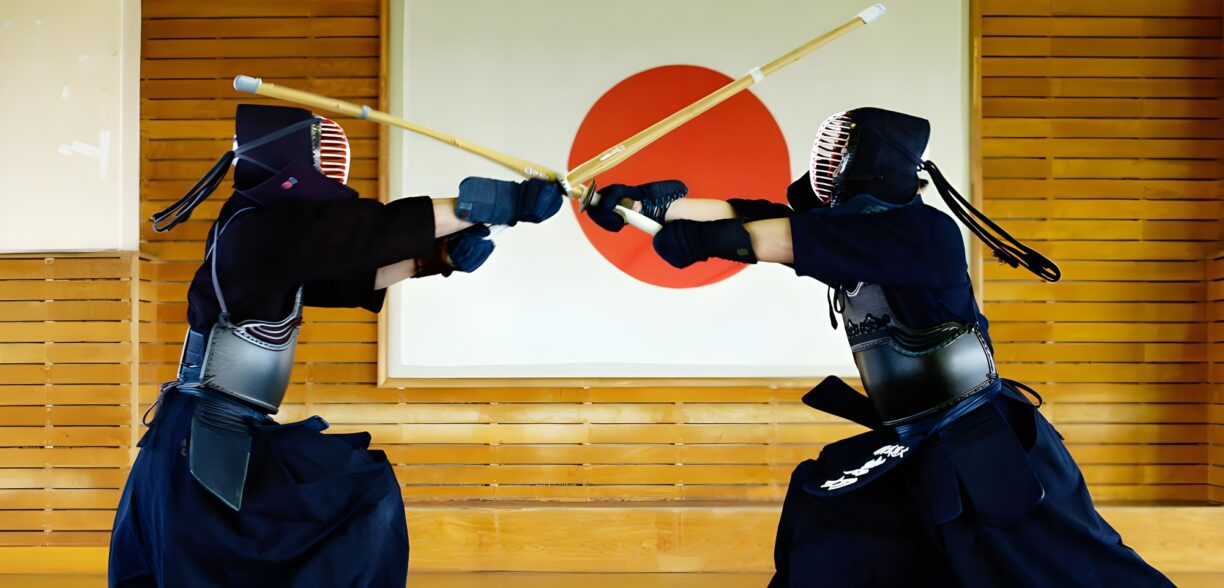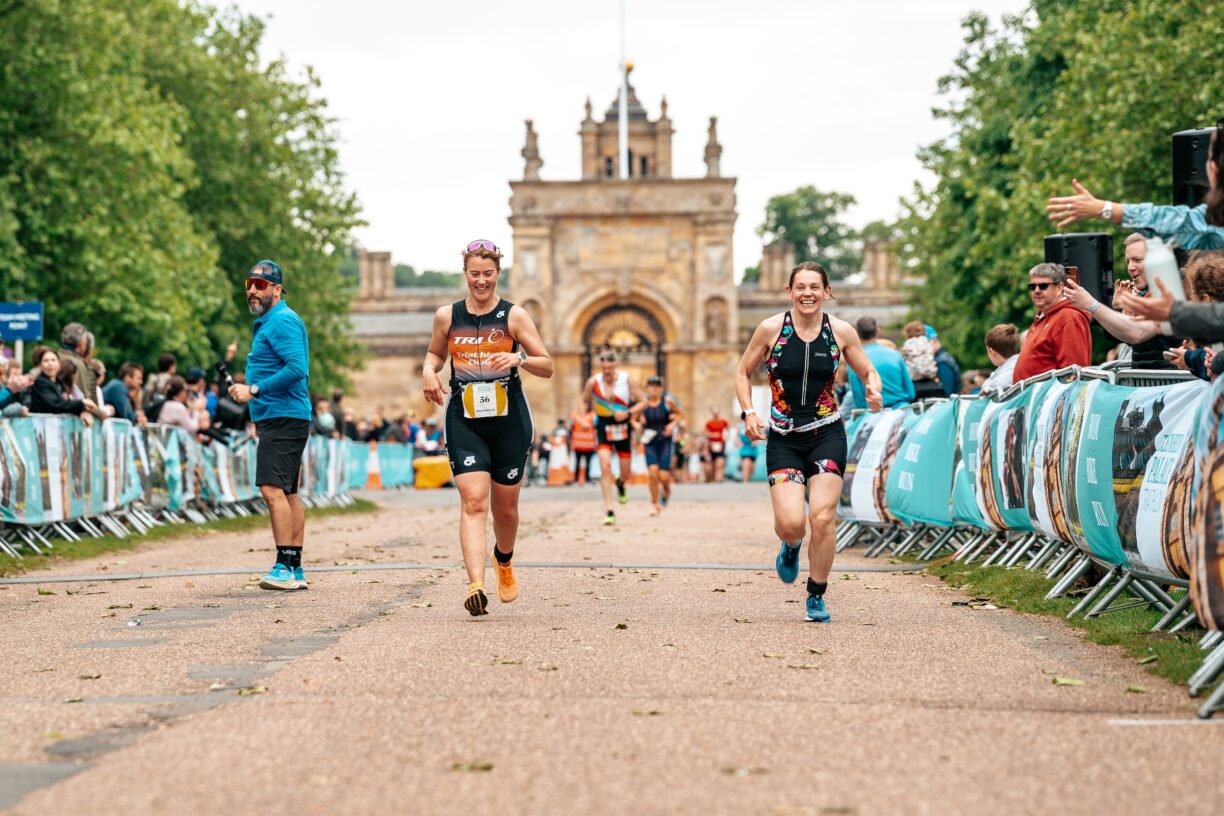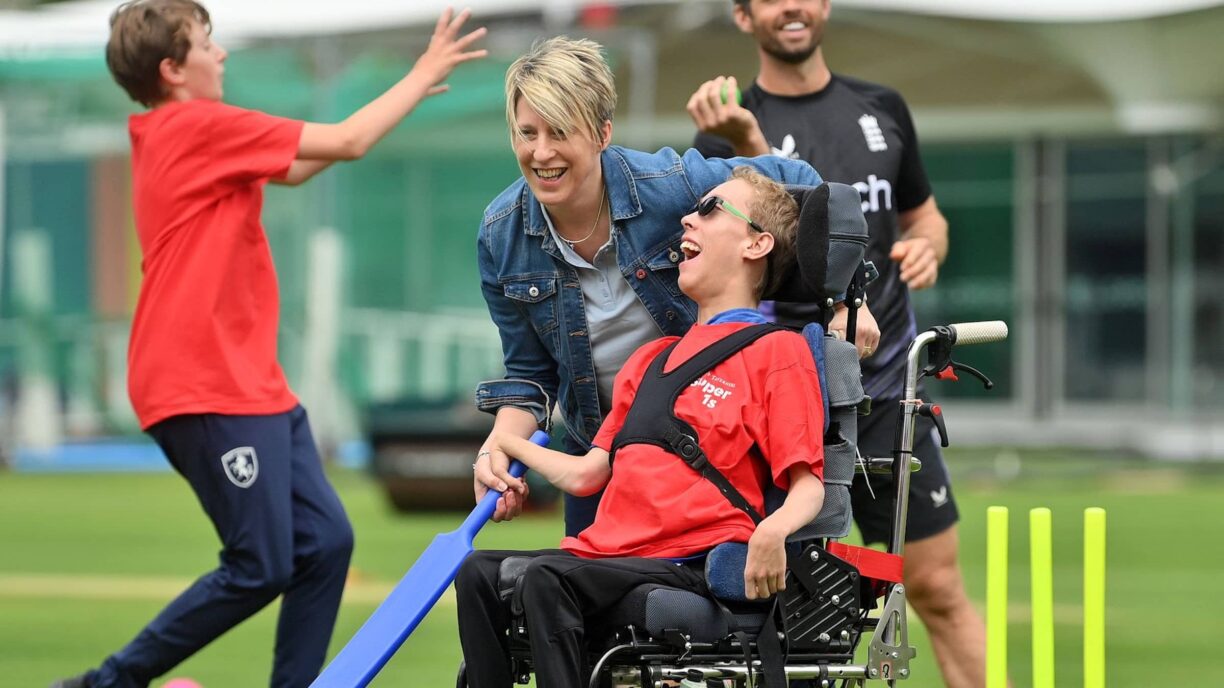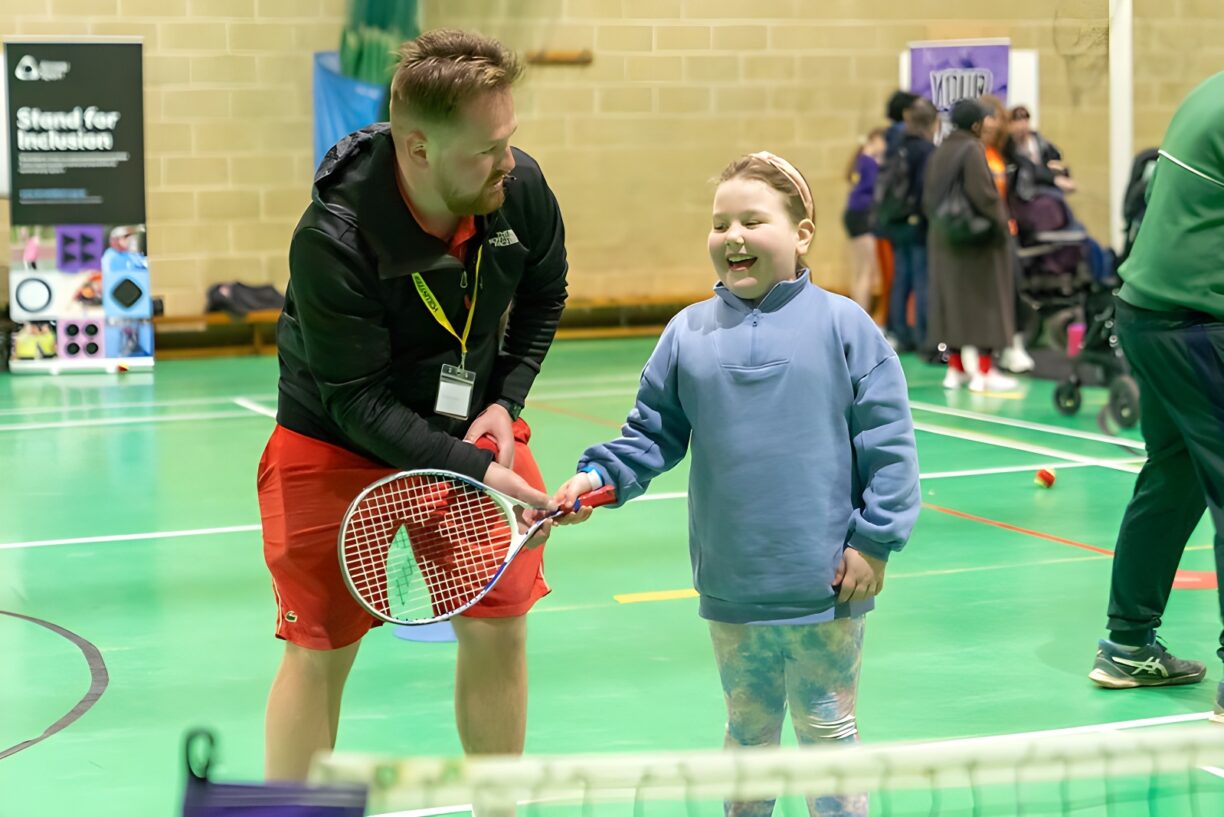The samurai, or bushi, were the warriors of premodern Japan. They were an elite military class that followed a code of conduct called bushido that emphasized concepts like loyalty, honour, and martial skills.
As skilled warriors, the samurai practised several martial arts that were essential for combat and self-defence.
Kyujutsu (Archery)
One of the most common martial arts used by the samurai was kyujutsu, the art of archery. Samurai extensively practised archery as it was an important skill for battle.
Archers on foot used asymmetric longbows while archers on horseback used shorter symmetric bows.
Archery was an important part of a samurai’s training regimen from a young age. By practising consistently, samurai archers could hit targets while riding on horseback and even when retreating from combat.
Through rigorous training, some legendary samurai archers could accurately hit targets even in poor visibility and over long distances.
In battle, samurai archers were used as a first-wave attack to create disarray and confusion amongst enemy troops before an onslaught with spears, swords, and daggers.
Archers had a specialized role and were valuable support troops from behind samurai swordsmen leading the frontal attacks.
Besides war archery, many samurai also practised ceremonial archery. It was an art form called yabusame where archers on horseback shot at targets while riding at high speeds down a long, walled corridor.
Iaijutsu and Kenjutsu (Swordsmanship)
The Katana Sword was the primary weapon and symbol of the samurai. To wield the katana effectively with precision and efficiency, samurai extensively trained in iaijutsu and kenjutsu.
Iaijutsu focuses on the smooth, controlled movements of drawing the sword out of the scabbard (saya), striking or cutting an opponent, removing blood from the blade, and then replacing the sword back in the scabbard.
These practised movements were essential so a samurai could quickly attack, defend, and counterattack with speed and efficiency during close-quarters combat.
Kenjutsu is the more common term used for techniques of Japanese swordsmanship. It involves combat training with the katana against one or more weapon-wielding attackers.
Skilled samurai trained extensively with the katana to master stances, cutting angles and movements, distancing, accuracy, and fluid forms required to overcome an enemy.
To prevent over-reliance on sight, some kenjutsu schools also trained blindfolded and at night.
Correct trajectory, body movement, grip, and precision were all emphasized to make the katana an extension of the samurai’s arm.
Training with real swords was limited, so most schools used bokken (wooden swords) to minimize injury during practice.
Jujutsu and Taijutsu (Grappling and Unarmed Combat)
Since weapons could be lost during battle, samurai also trained extensively in jujutsu, a martial art focused on grappling, throwing, restraining, joint locks, and the use of small weapons like daggers.
Methods from jujutsu enabled a samurai trained in armed combat to still defeat an opponent without a weapon.
Smaller weapons like daggers, metal fans, and metal spikes were also used in close quarters by highly trained samurai.
The umbrella term for these close combat systems is taijutsu which covers both armed and unarmed defense skills.
Jujutsu was not considered a first-attack system and was viewed as dishonorable by some traditional schools.
But it was an essential last resort in combat so it was still part of extensive training by weapons specialists.
Naginatajutsu (Naginata Combat)
The naginata is a pole weapon with a curved, single-edged blade on the end that could be used to slash or stab an attacker. Naginatajutsu focused on techniques and tactics to use this weapon in combat.
Women from samurai families were extensively trained in naginatajutsu to defend their homes when the men were away at war.
Due to the weapon’s length and weight, naginata training helped develop upper body strength, balance, and coordination. Precise footwork and agility were also essential to wield this weapon with efficiency.
On the battlefield, the naginata provided versatility for samurai to attack mounted warriors and swordsmen as well as unarmed attackers.
The long reach allowed skilled naginata practitioners to disable attackers while maintaining distance for their own safety.
Defensive techniques were also part of training to parry, trap or break the weapons of attackers.
Sojutsu (Spear Fighting)
The yari spear was another common weapon used by the samurai on the battlefield. Though not as prestigious as the katana, it was much cheaper to produce which made it more accessible. To use the yari proficiently, samurai trained extensively in sojutsu.
Sojutsu involved techniques and sparring to attack, parry, and counterattack with long weapons like the straight-bladed yari spear that had an average length between 1 and 3 meters.
The versatile spear could be used on foot or horseback to attack, defend, and keep opponents at a distance.
Spear techniques were learned through extensive practice with solid wooden weapons so samurai could handle long spears with precision, balance, and control.
Sojutsu schools also taught battlefield tactics to use spear techniques effectively during mass attacks. The sparring practice was done wearing solid armour protection.
Hojutsu (Gunnery and Artillery)
Though less honourable than traditional weapons, samurai also used firearms and cannonry from the 16th century onwards.
Small arms called teppo were introduced followed by heavy artillery later. Iron shells, grenades, and fire arrows also supplemented larger cannons.
Marksmanship schools taught hojutsu, the skill of gunnery and artillery operation to samurai warriors adept at other weapon forms.
Cannons required a team to load, aim, and fire. Coordinated attacks using firearms and artillery gave warriors a tactical advantage on the battlefield.
Horsemanship
Samurai often fought battles while riding horses. So equestrian skills were part of their combat training regimen from a young age.
Horsemanship skills like mounting, riding, and dismounting were practised extensively along with archery and swordsmanship atop horses galloping at high speeds.
Samurai schools considered horsemanship training essential to operate effectively as a mounted warrior on the battlefield.
Horses were also used for transportation and patrols, so riding skills were necessary in peace times as well.
Young samurai were trained to have an intrinsic connection with their steed and use the horse as an extension of themselves in and out of combat.
This allowed them to ride effortlessly on long journeys without tiring their horse and strike enemies with weapons quickly while maintaining control of their horses.
Supplementary Martial Arts Training
In addition to martial arts schools teaching combat skills, samurai also trained their bodies and minds in related disciplines:
Meditation – To focus the mind and develop the mental discipline required in life-or-death combat situations.
Calligraphy – To improve dexterity, precision, focus, and hand-eye coordination essential for weapons mastery.
Swimming – To build strength and endure prolonged battles. Armored samurai had to be skilled swimmers to cross rivers and moats in combat.
Shelter Building – Survival skills to build shelters and fires were part of a rounded training as they improved self-sufficiency.
Acting and Music – Some samurai schools taught acting, singing, music, and poetry to make warriors well-rounded and cultured.
Tea Ceremony – Understanding and conducting the Japanese tea ceremony with grace helped focus the mind and demonstrated refinement.
Falconry and Hunting – Skills like falconry and hunting were pursued by some samurai to aid battle tactics and resourcefulness.
This wide variety of martial disciplines and cultural practices were all viewed as essential.

